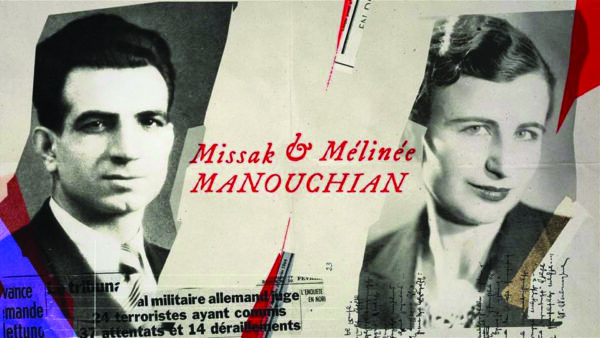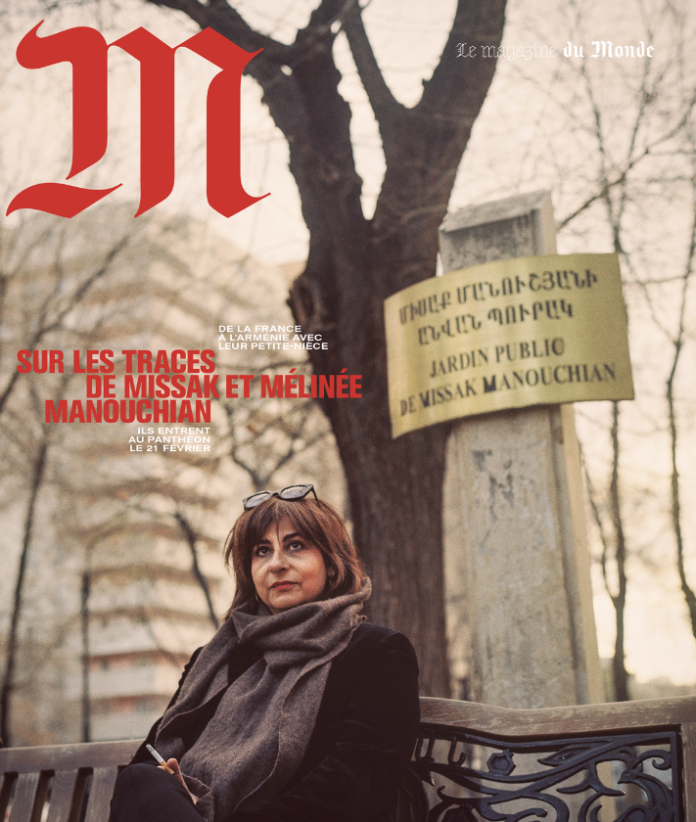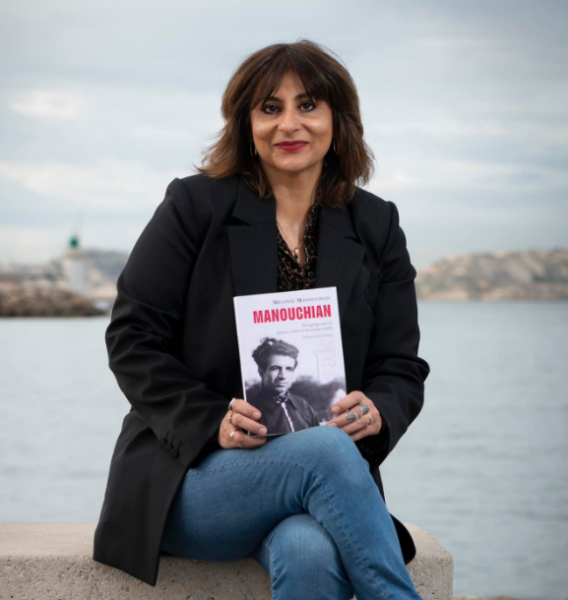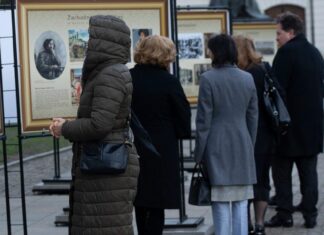PARIS — Katia Guiragossian is the great-niece of Missak and Mélinée Manouchian, mythical figures of the French Resistance. Both were survivors of the Armenian Genocide and after fleeing to France, fought for France’s liberation during the Nazi occupation in 1944, as part of the legendary French Resistance. For years, she has worked to preserve their memory. She played a key role in keeping their legacy alive, resulting in the transfer of their remains to the Panthéon, where France’s most important historical figures rest, on February 21. To capture their story, Katia Guiragossian directed the documentary “Missak and Mélinée Manouchian” and wrote the preface for the book, Manouchian, written by Mélinée Manouchian.
The following is an interview conducted with her earlier this month.
How do you feel today, almost three weeks after they entered the Panthéon? Are you now seeing the recognition of Missak and Mélinée actions more widely?
K: I have been working on preserving their memory for 30 years, so I have been immersed in this memory since ever. It has been a long process, but I always truly hoped that Missak and Mélinée Manouchian would enter the Panthéon, as a symbol of all their comrades and more broadly of all freedom fighters.
When was the issue of their interment in the Panthéon first considered and how was the path to its successful conclusion?
K: It was discussed starting in 2014, when four French resistance fighters were already interred in the Panthéon. We were a bit disappointed because we thought Missak Manouchian would be among them. But we finally managed it, thanks to the Élysée Palace committee that worked on the pantheonization of Missak and Mélinée. I am part of this committee and I have been working on this project for years with Jean-Pierre Sakoun, the president of the association Unité Laïque, deputy Pierre Ouzoulias, as well as the mayor of Valence Nicolas Daragon, and the historian Denis Peschanski. It was a real team effort.











